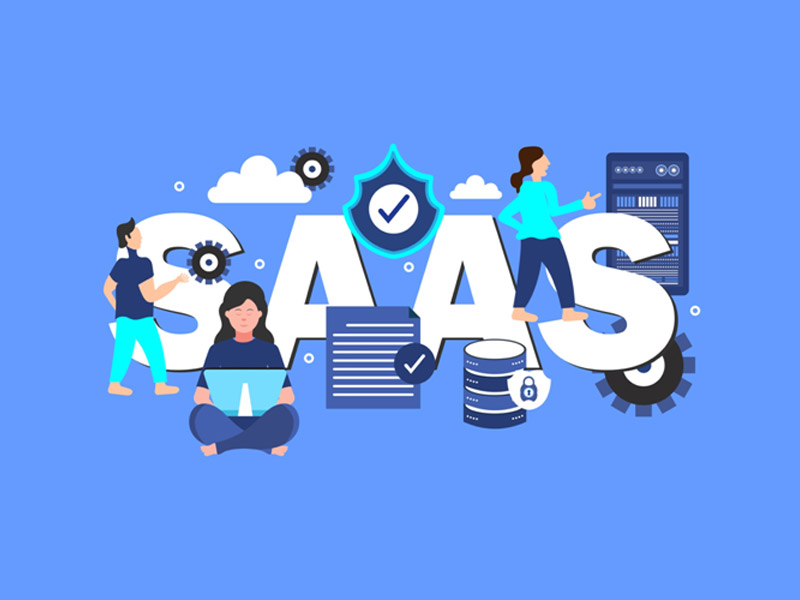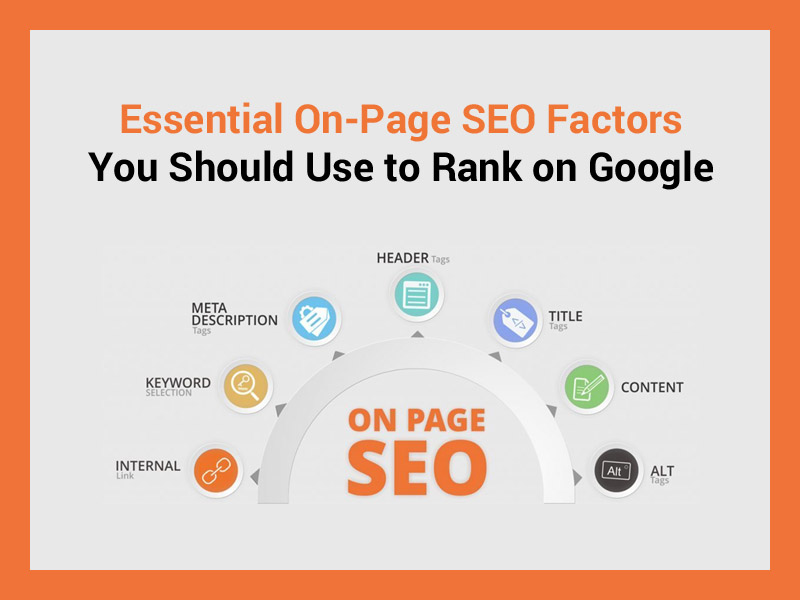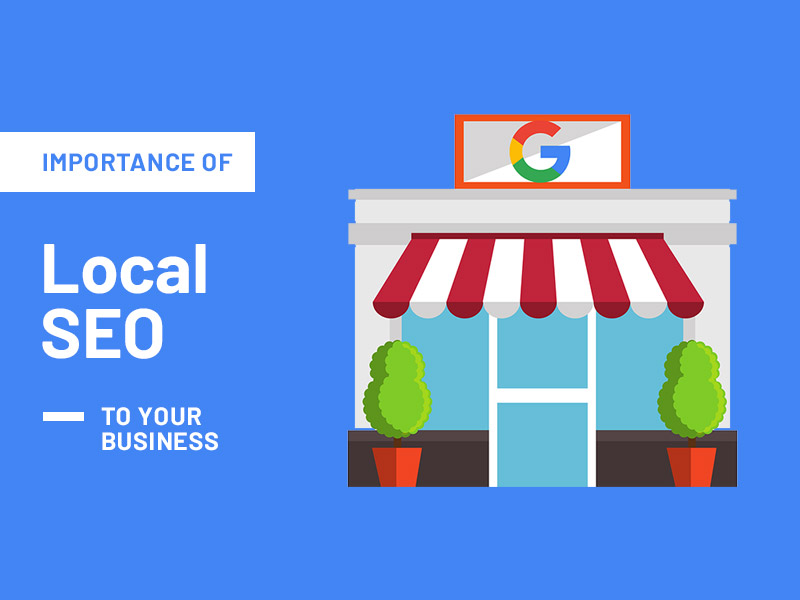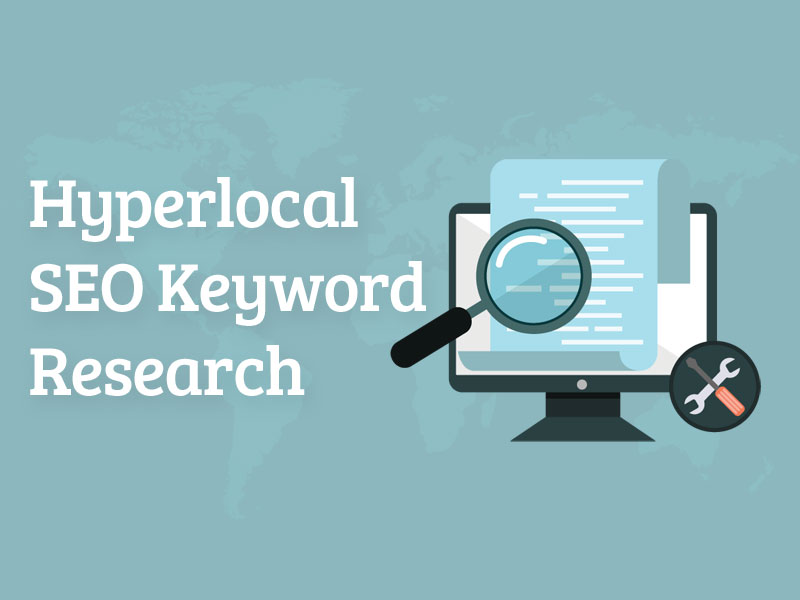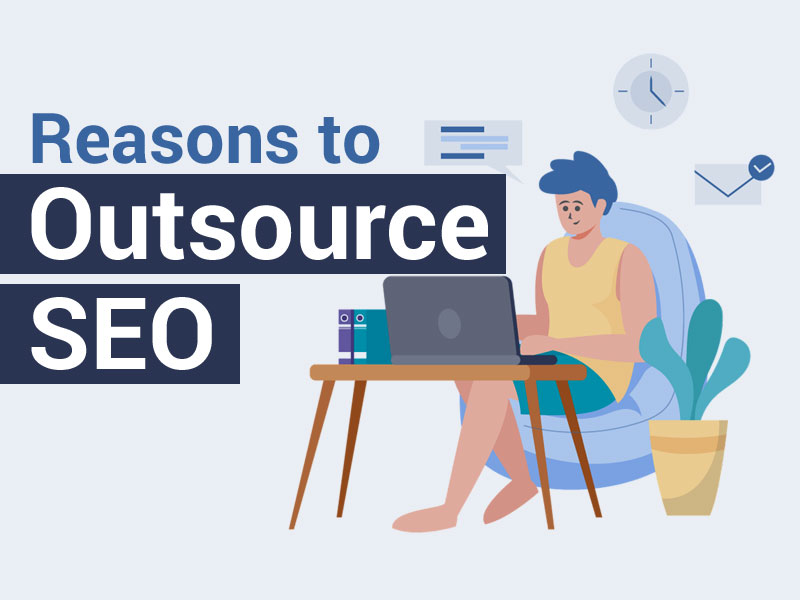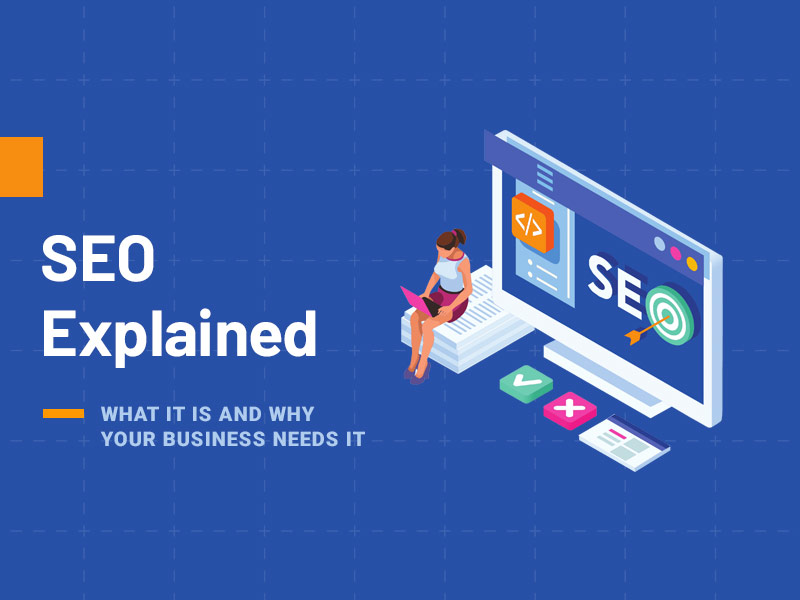Mastering the art of visibility in the Software as a Service (SaaS) sector is no easy feat. You may have a stellar product, but if your target audience doesn’t know it exists, then it’s more or less redundant. This is where Search Engine Optimization (SEO) becomes a game-changer, helping drive your company to the forefront of niche markets.
However, the path to SEO success in SaaS is not without its challenges. Unlike broader markets, this specialized sector demands a more nuanced approach – one that resonates with a particular audience while tackling the intense competition.
Let’s uncover the strategies that can transform your online presence, making your SaaS offering not just visible but sought-after in your specific market.
Understanding SEO Needs in the SaaS Market
For SaaS companies, particularly those in specialized markets, SEO is the bridge that connects their innovative solutions with the right audience. It’s about being visible in searches, speaking the language of potential users, and positioning yourself as the go-to solution in a sea of options.
With that said, there is no one-size-fits-all approach. Instead, it needs to be tailored to the segment you’re catering to. This means understanding the specific keywords that resonate with your niche, creating content that addresses the unique challenges of your target audience, and building an online presence that allows you to rank high and establish authority and trust in your domain.
Key Components of Effective SaaS SEO Strategies
SEO needs to weave through every aspect of a SaaS company’s online presence. Here are the main elements that comprise an effective strategy to ensure your service reaches your audience:
Keyword Research and Optimization
Keyword research involves diving deep into the language of your specific audience and understanding not just the ‘what’ but the ‘why’ behind their searches. Tools like Ahrefs or SEMrush can help you uncover the terms your potential customers are using and the intent behind them.
But more than finding the right keywords, it’s about integrating them into your content seamlessly so they enrich the user’s experience rather than disrupt it. This subtle incorporation is what sets apart a SaaS company that speaks its audience’s language from one that merely echoes industry jargon.
Content Creation and Marketing
Content is more than just providing information; it’s a valuable and insightful conversation that speaks directly to the needs and problems of your audience. This could be through in-depth case studies that showcase real-world applications of your service or whitepapers that delve into industry insights.
But creating content is only half the battle. The other half is ensuring it reaches your audience. This is where a robust content promotion strategy comes into play, leveraging everything from social media to email marketing to ensure that your content thrives and engages in the digital world.
Technical SEO
First impressions are often the last, which is why the technical prowess of your SaaS website is a crucial part of your strategy. It’s not just about what you present, but how swiftly and smoothly you present it.
Firstly, the architecture of your website needs to be well-structured, with clear navigation and logically organized content. This helps guide your visitors effortlessly through your site and pleases the search engine algorithms.
Secondly, with 63% of Google’s organic search traffic originating from smartphone devices in the US, making sure your website is mobile-optimized is crucial. This includes a site that is responsive, with fast loading times and a user interface that adapts seamlessly to different screen sizes.
Lastly, in the fast-paced digital era, patience is a rare virtue. In fact, page loading times that grew from one to seconds increased bounce rates by 123%. Evidently, a slow-loading website leads to frustrated visitors and a drop in search engine rankings. Therefore, optimizing your site’s speed helps you stay ahead in the SEO race.
Link Building and Domain Authority
Building a network of high-quality backlinks establishes your domain’s authority and credibility in the eyes of your audience and the discerning view of search engines.
This process begins with identifying and fostering relationships with authoritative websites in your niche, followed by creating informative content that other sites want to reference and share. Moreover, by contributing valuable insights on reputable platforms through guest blogging, you can share your expertise and create avenues for organic traffic to flow back to your site.
These elements combined enhance your domain authority – a metric that impacts how high you rank in search results. In fact, research shows that 75% of people will never go past the first page of Google. This exemplifies the importance of achieving a high ranking for visibility and traffic. In this regard, professional SEO services, such as NUOPTIMA, can be instrumental in elevating your site’s profile and authority, ensuring that your SaaS solution stands out in the specialized market.
Local SEO
When your service can be accessed globally, why focus on local SEO? There’s a hidden gem of opportunity that many tend to overlook. It can enhance visibility and credibility, even for businesses operating in the cloud, connecting you with your audience where they are, even if your service transcends geographical boundaries.
Optimizing for local SEO involves a few strategic moves. Firstly, ensure your company is listed accurately on Google Business Profile; this is your digital storefront. Even if your office is more of a server room, a physical location tied to your digital presence boosts authenticity. Incorporate local keywords into your website’s meta tags and content, subtly signaling to search engines your relevance in specific locales.
Case in point: a SaaS company specializing in restaurant management software saw remarkable growth by targeting local SEO. By optimizing for “restaurant management software in [City],” they climbed search engine results pages (SERPs) and connected with local restaurant owners seeking digital solutions.
User Experience (UX)
The relationship between UX and SEO is symbiotic, with the optimization of one often leading to improvements in the other. This synergy is especially crucial for SaaS companies, where the digital interface is more than just a platform, but the product itself.
Best practices for harmonizing UX with SEO include:
- Responsive Design: Ensure your site is accessible and navigable on any device.
- Intuitive Navigation: A clear, logical site structure helps search engines index your content and users find it, reducing bounce rates and improving engagement.
- Quality Content: Content that addresses user queries ranks well and holds users’ attention, increasing dwell time.
Social Media
While social media metrics do not directly influence search engine rankings, the indirect benefits are too significant to overlook. Such platforms offer a unique avenue to amplify your content’s reach, drive traffic to your website, and enhance brand visibility—all of which indirectly bolster your SEO efforts.
The key is to creat shareable, valuable content that resonates with your audience. For example, engaging infographics, insightful blog posts, and compelling case studies can encourage shares. This heightened exposure introduces your SaaS to potential customers and increases the likelihood of earning backlinks from reputable sites.
Measuring SEO Success in SaaS
Key Performance Indicators (KPIs) help you understand the impact of your SEO strategies, helping you decipher what’s working and what isn’t and adjust accordingly. Here are the key metrics to monitor:
- Organic Traffic: Tells you how many visitors find you through search engines.
- Keyword Rankings: Indicates where your keywords stand in search results, guiding you on what to optimize further.
- Conversion Rates: Shows how many visitors are turning into customers.
- Bounce Rate: Indicates the percentage of visitors who leave your site after viewing only one page.
- Click-Through Rate (CTR): Measures how often people who see your website in search results end up clicking on it.
- Search Visibility: Gauges how often your domain is shown in search results for the keywords you’re targeting.
Advanced SEO Analytics Tools
This section delves into the arsenal of advanced analytics tools at the disposal of SaaS marketers, each offering unique capabilities to dissect and understand the vast amounts of data generated by online interactions.
Google Analytics
The cornerstone of any digital marketing strategy, Google Analytics offers deep insights into website traffic, user behavior, and conversion metrics. For SaaS companies, custom dashboards can track specific goals, such as sign-ups, demo requests, and engagement with key pages.
SEMrush
This tool provides a wealth of information, including keyword rankings, backlink analysis, and competitor insights. SEMrush’s ability to track keyword performance over time and identify emerging trends is invaluable for adjusting strategies.
Ahrefs
Known for its robust backlink analysis capabilities, Ahrefs also offers keyword tracking, content analysis, and site auditing features. Its comprehensive view of a website’s SEO health makes it a favorite among SaaS marketers.
Moz Pro
Moz Pro’s suite of tools includes keyword research, site audits, and page optimization insights. Its Domain Authority metric is particularly useful for understanding a website’s credibility and potential to rank in SERPs.
Techniques for Leveraging SEO Analytics
Harnessing the power of SEO analytics transcends mere data collection. These techniques enable SaaS companies to refine their efforts to ensure every decision is data-driven and every strategy is sharply focused.
Segmentation
Break down your analytics data by audience segments, such as industry, company size, or user role. This approach allows for more targeted and effective strategies that address the specific needs and behaviors of each segment.
Conversion Path Analysis
Use analytics to track the paths users take on your website before converting. Understanding this process can highlight which content is most effective at guiding users toward conversion goals.
A/B Testing
Apply A/B testing to different SEO elements, such as title tags, meta descriptions, and landing page designs. Google Optimize can help identify which variations perform best in terms of CTRs and conversions.
Competitive Benchmarking
Regularly compare your metrics against key competitors. Resources like SEMrush and Ahrefs offer competitive analysis features that can reveal gaps in your strategy and opportunities for improvement.
Case Study: HubSpot’s Successful SEO Implementation in a Specialized SaaS Market
SEO Strategy
- Content Marketing: They invested heavily in creating an extensive library of blog posts, guides, and resources. This content was meticulously tailored to their target audience, addressing various aspects of inbound marketing, sales strategies, and customer relationship management.
- Focus on Long-Tail Keywords: They targeted long-tail keywords that were highly relevant to their audience. This strategy helped them rank for specific, less competitive search terms, attracting a more niche audience.
- Leveraging Inbound Marketing: The company effectively used its own inbound marketing strategies to attract visitors. They offered valuable content like free tools, ebooks, and webinars, which helped in generating leads and conversions.
- Strong Backlink Profile: By producing high-quality, informative content, HubSpot earned a substantial number of backlinks from reputable sites, thereby enhancing its domain authority and SEO.
Results
- HubSpot experienced a substantial increase in organic traffic, with their blog becoming one of the most visited marketing sites on the internet.
- They successfully ranked for thousands of keywords relevant to their industry, establishing themselves as a thought leader in the digital marketing space.
Lessons Learned
HubSpot’s case study shows that:
- Consistent, high-quality content that addresses the needs and questions of the target audience is crucial for SEO success.
- A comprehensive inbound marketing strategy that includes various types of content and lead generation tools can significantly enhance such efforts.
- Targeting long-tail keywords can be an effective way to attract a more engaged and relevant audience.
Conclusion
For SaaS companies operating in specialized markets, a tailored and well-crafted SEO strategy is an essential marketing tool to achieve business growth and sustainability. In order to successfully connect your innovative solutions with the audiences who need them most, it is important to employ the best practices highlighted in this article. The process requires precision and adaptability, where understanding your niche, creating relevant content, and ensuring technical excellence are necessities.
